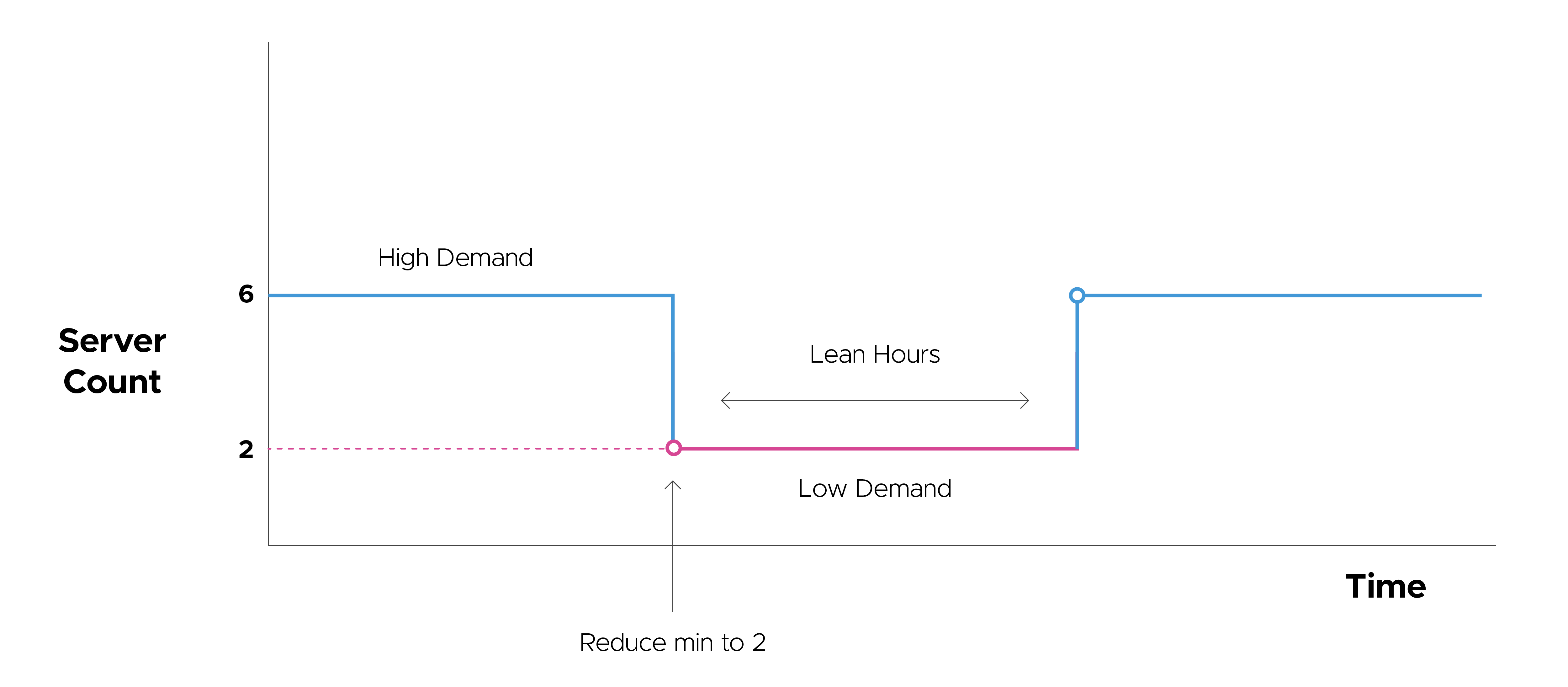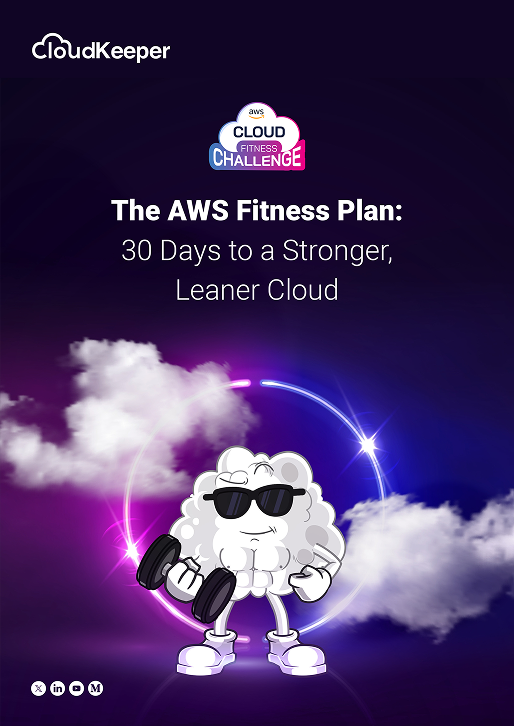Congratulations! You’ve successfully built your product on the cloud!
Your innovative idea has the potential to disrupt the industry and create a significant impact. Your offerings will undoubtedly solve a critical industry problem and as the demand for your startup rises, your cloud consumption will imminently rise. Among all the hassle, it is easy to lose control of your cloud spending and before you know it, you’ve exhausted your cloud budgets. You were so close to making a huge impact and yet so far, due to improper Cloud FinOps planning and cloud cost optimization.
Common Mistakes and Challenges
You need to know the common mistakes startups make & challenges you may face while operating on the cloud and attempting cloud cost optimization that leads to the early demise of their award-winning ideas. Understanding the below pitfalls will help you avoid making similar mistakes and lead you to a new path to success toward cloud cost optimization.
1. Lack of Monitoring and Optimization:
You must understand that Cloud cost optimization is a continuous process. This means you must closely monitor your cloud consumption using the right metrics to make sure you’re not leaking dollars on unused resources. Regular reporting will create a culture of cloud cost visibility and accountability within your organization and will hence empower you with actionable insights to optimize your cloud usage.
2. Not Using Reserved Instances or Savings Plans:
Cloud providers like AWS, Azure, and GCP offer commitment & saving plans allowing users to book resources for a period of time (usually 1 or 3 years). In exchange for your commitment, the cloud providers offer significant discounts as compared to the on-demand prices which can create a significant impact on your cloud cost savings. If your cloud consumption is high and you foresee that it’ll stay the same in the future, you must look into RI and savings plans offered by your cloud provider.
3. Over or under-commitment of resources:
Knowing about the RI and savings plan isn’t enough, even though they offer significant cost savings, it’s still a huge risk to make commitments for the long term in an uncertain environment. Businesses either underestimate their workloads and hence under-commit for resources. Doing so leads them to buy on-demand resources in high-demand situations resulting in high cloud spending. Or they overestimate their workloads and hence over-commit for resources. Doing so leaves them with underused or ideal resources which will still incur expenses due to prior commitments.
It is important for you to accurately judge and predict your business operations and match your consumption with commitments. You could also leverage third-party reserved instance management platforms like CloudKeeper Auto which can manage your commitment risk at no cost. We’ll talk about CloudKeeper and how it can enable cloud cost optimization in detail later.
4. Ignoring Auto Scaling:
Startups often ignore auto-scaling policies which lead to underutilized resources during low demand and increased costs due to on-demand charges during high demand. By leveraging auto-scaling policies, you can automate based on peak and low demand timings.

5. Failure to Set Budgets and Alerts:
It’s easy for costs to overrun when you’re in a growth state. Implementing Cloud Cost Optimization strategies like Setting budgets and alerts is important to notify the right stakeholders if you run over your periodic limits. It’ll help you maintain control of your cloud resources and costs alike.
6. Overlooking Data Transfer Costs:
Data transfer charges apply when you transfer data between regions or services on the cloud. These charges can pile up to become a significant cost expenditure if overlooked. Alternatively, you can utilize private IPs to transfer data freely without worrying about any transfer costs.
Cloud Cost Optimization Best Practices
1. Usage Optimization:
You must understand your cloud resource utilization and evaluate them based on your business requirements. Regular reporting will help you identify ideal and underutilized resources that you can rightsize based on your actual usage patterns. It’ll also help you avoid or minimize the use of on-demand resources enabling you with cloud cost savings where possible.
2. Data Optimization:
Make sure to appropriately select the storage class based on the access frequency and latency requirements of your data. For example - Standard Storage is ideal for frequently accessed data, such as live website content, mobile and gaming applications, and big data analytics since it offers low-latency and high-throughput performance.
On the other hand, Standard S3 Infrequent Access is suitable for infrequently accessed data that can be stored for long periods. Choosing the right class can significantly help you with cloud cost optimization.
3. Spot Instances and Preemptible VMs:
We’ve already talked about how RIs and savings plans can be a great way to save costs on the cloud. Similarly, utilizing Spot Instances on AWS, Preemptible VMs on Google Cloud, or Spot VMs on Azure for non-critical workloads can offer significant cloud cost savings compared to on-demand instances. In case you don’t know, spot instances are unused RIs that are available for less than on-demand prices, the only catch is that your cloud provider can call them back at any point in time. They’ll allow you enough time to back up your workloads though.
4. Monitoring and Benchmarking:
As discussed earlier, continuous cloud cost monitoring can empower you to manage your cloud usage and cost appropriately. Establishing benchmarks and comparing your performance with the industry and best practices can help you better identify areas of improvement and cloud cost optimization.
5. Leverage Cost Management Tools:
There exist numerous provider-specific cloud cost management tools like AWS Cost Explorer, Azure Cost Management, Google Cloud Billing, or third-party cloud cost visibility tools like CloudKeeper Lens that can empower you with actionable insights on your cloud consumptions, track budgets, set custom notifications and AI-based automation tools like CloudKeeper Auto even automate repetitive tasks like adding tags or scaling resources. Utilizing such tools can make a huge difference in your overall cloud performance and cloud cost savings.
As a startup, effectively allocating your cloud costs is critical for the smooth functioning of your business. By leveraging resource tagging features, you can create a culture of cloud cost visibility & accountability within your organization from the start. By requesting granular billing data and establishing cross-functional collaboration, you can make better decisions regarding resource budgeting and forecasting as well.
CloudKeeper can be your FinOps and cloud cost optimization partner as you kickstart your journey on the cloud. It can fuel your startup growth with instant and guaranteed savings of up to 25% on your entire cloud bill without any additional costs or commitments. From managing your commitment risk to offering end-to-end FinOps consulting and support, CloudKeeper has got you covered at each stage of your cloud cost optimization journey.

ChatGPT said:
This article provides a thorough and practical guide for startups, highlighting common cloud cost pitfalls and offering actionable strategies to https://monkeymartonline.org optimize spending while scaling effectively.